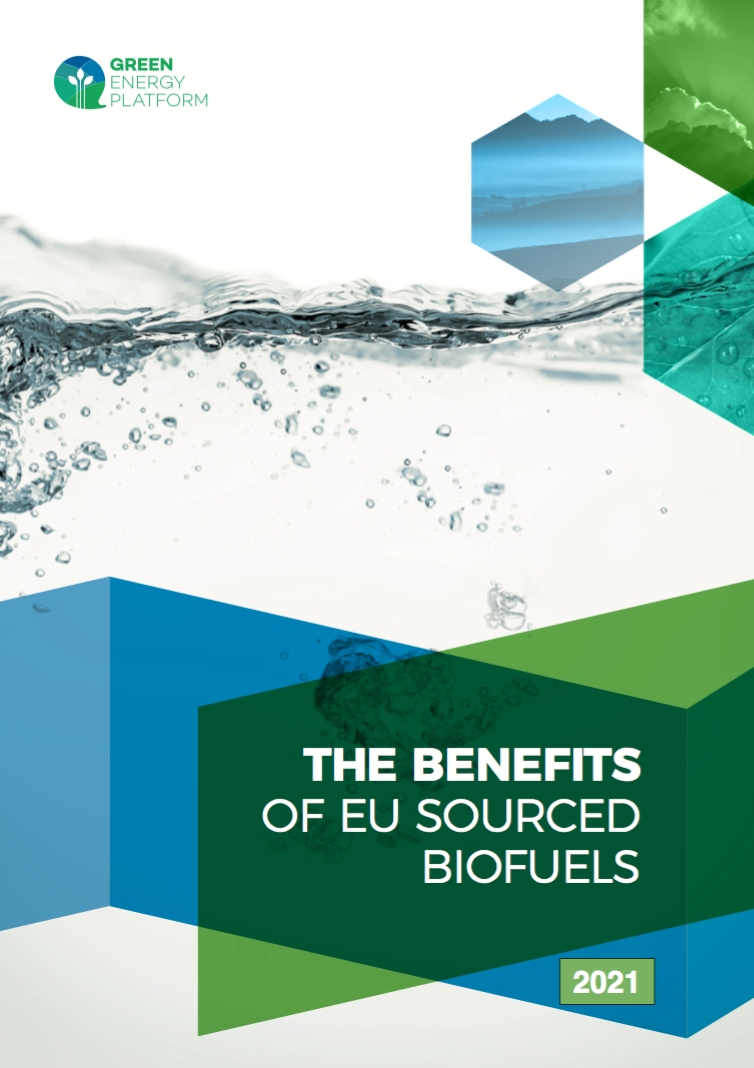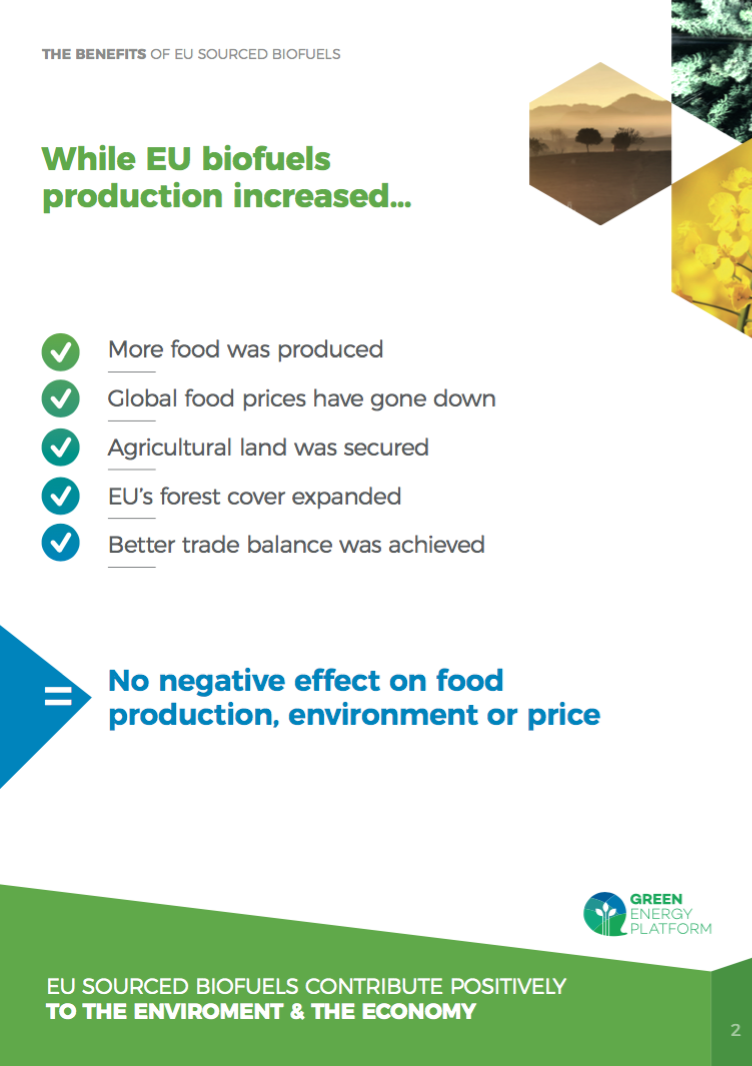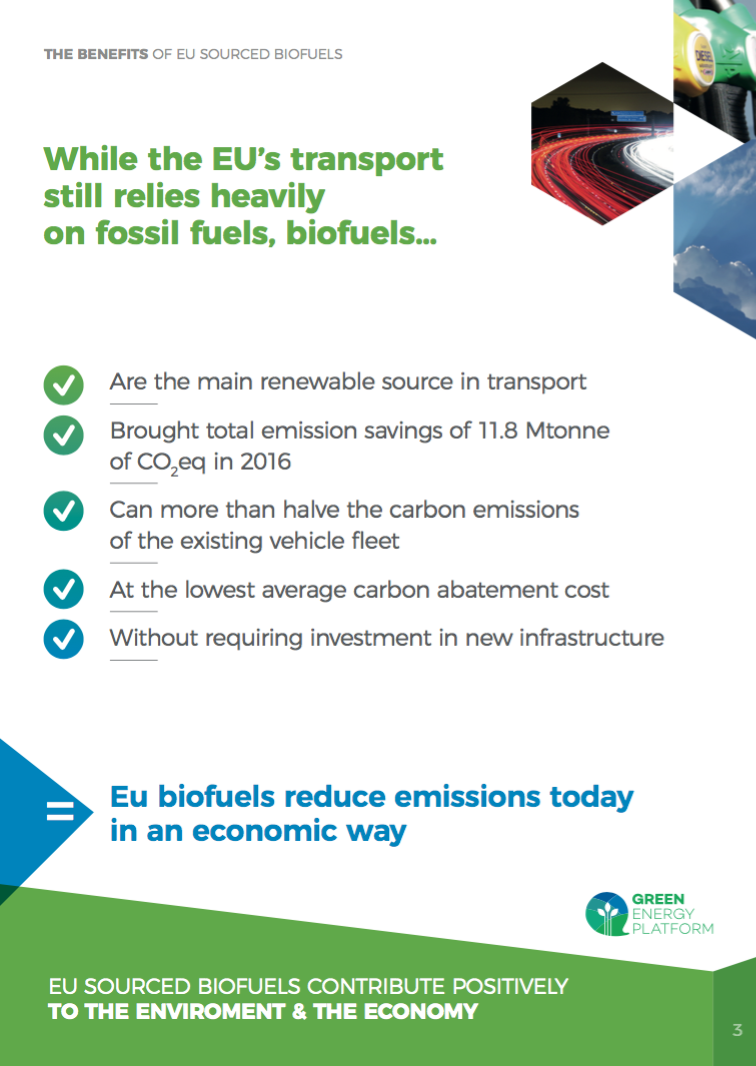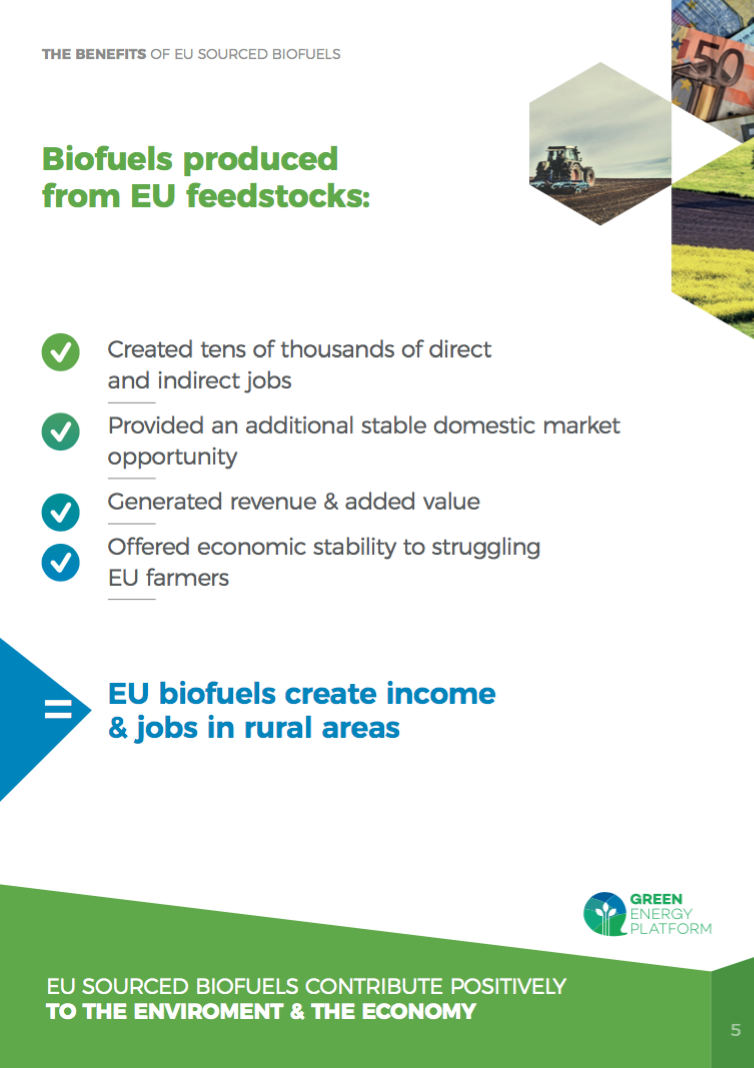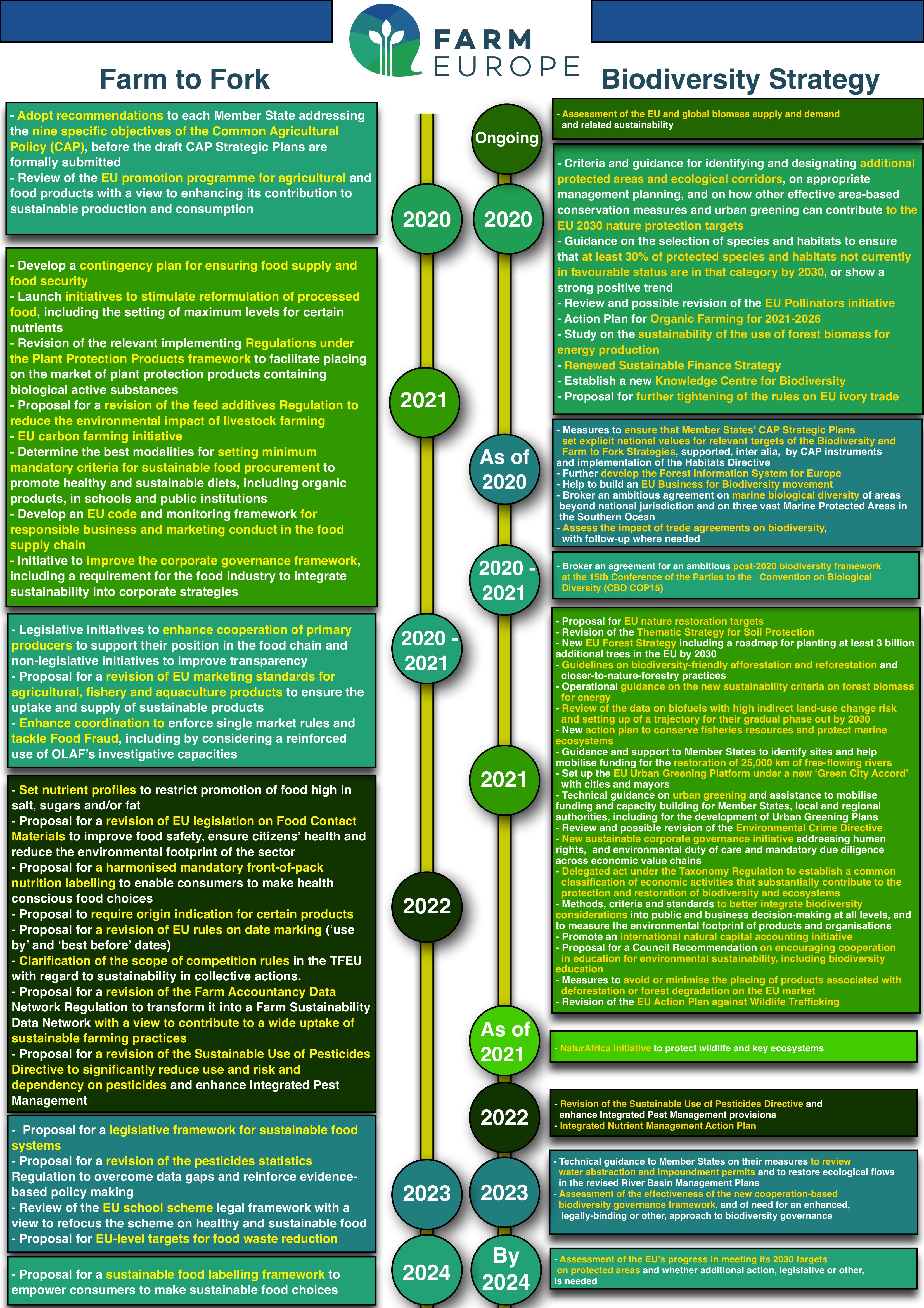The Commission has just published a Communication on the EU Trade Policy Review.
The fundamental approach to trade issues is kept unchanged. The key word is openness: “The EU is built on openness, both internally and externally. It is the biggest exporter and importer of goods and services worldwide.”
The Covid crisis talk on relocalisation of key industries, strengthening the resilience of the EU’s economy, is by far and large forgotten. According to the Commission: “Trade policy can contribute to resilience by providing a stable, rules-based trading framework, opening up new markets to diversify sources of supply, and developing cooperative frameworks for fair and equitable access to critical supplies.”
Thus it comes as no surprise that the Commission basically advocates continuity.
The new elements of greater relevance are linked to the Green Deal adequacy of the trade policy: ” The EU will propose that the respect of the Paris Agreement be considered an essential element in future trade and investment agreements. In addition, the conclusion of trade and investment agreements with G20 countries should be based on a common ambition to achieve climate neutrality as soon as possible and in line with the recommendations of the Intergovernmental Panel on Climate Change (IPCC).”
In addition it advocates “autonomous measures… supporting the objective to ensure that trade is sustainable, responsible and coherent with our overall objectives and values. The Carbon Border Adjustment Mechanism (CBAM) is a case-in-point.”
Knowing that a CBAM needs cooperation and agreement of other WTO members, in order not to expose the EU to retaliatory measures, we seem to be still a long way from that happening.
Having said that, the reference to restricting climate neutrality conditions to trade and investment agreements to G20 countries only, seems to indicate that the EU will not ask most countries to mirror its efforts on climate change. Whilst G20 economies account for a large share of the world economy, it shouldn’t be forgotten that big exporters of agriculture products are outside the G20, as Thailand, Chile, Uruguay, New Zealand, or Ukraine.
As the Commission is proposing a host of internal climate and environmental measures – F2F and Biodiversity Strategy are good examples – it seems to accept that many other countries will not have to enforce similar goals or face additional import duties. How can the EU then avoid carbon leakage through increased imports, including of agriculture products? How can EU farmers and the agri-food sector fairly compete, when facing more restrictions and additional burdens that many of their competitors?
By the same token, the Communication is vague on what the Commission understands as seeking a level playing field in trade. Producers in countries with substantially lower environmental standards will put EU producers into a clear disadvantage, but the Communication fails to recognise the problem.
What is also striking is what is not in the Communication. The EU food security is not mentioned, and that leaves little doubt that the Commission believes the best model to contribute to the resilience of the economy is open and freer trade under multilateral rules, without considering its potential negative impacts when appropriate.
The fight against imported deforestation is not mentioned either. Although the EP has asked the Commission to act, there are only vague indirect references to corporate diligence and Mercosur commitments.
The negative effects of competitive devaluation is also absent, although its impact is often larger than import tariffs, enabling third-country exporters to undercut EU market prices.
Farm Europe argues that the time has come to adopt a more balanced trade policy. After Covid-19 we need a change of policy that does not compromise food security. We need a better balance between the benefits of freer trade and its asymmetric negative impacts. We need less of an ideologically driven policy and more pragmatism and realism.
